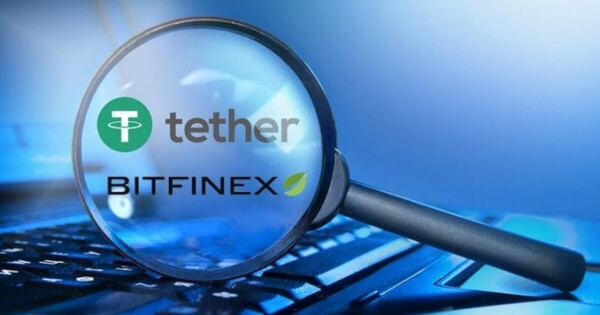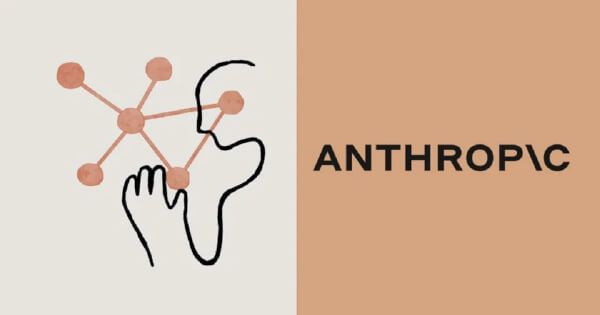
Since the launch of the ERC-721 standard for non-fungible tokens in 2018, the crypto world has seen NFTs evolve in ways that would have been difficult to imagine five years ago. New use cases and capabilities are fundamentally changing the way users interact with not only the NFTs themselves, but also with the projects and companies behind the NFTs.
Core contributors to ApeSwap, a decentralized exchange and bonding protocol, and team members of Paladin, a blockchain security provider, collaborated to develop an extension to the ERC-721 standard that allows for exciting new functionality for NFTs. The EIP-5725: Transferable Vesting NFT standard is the result of careful consideration of what NFTs can and should be, as well as many rounds of real-world testing and iteration.
What is EIP-5725?
An Ethereum Improvement Proposal, or EIP, is a document used to recommend and describe standards for the Ethereum community. There are multiple types of EIPs, but EIP-5725 is a ERC (Ethereum Requests for Comments) proposal, meaning that it affects application-level standards and specifications.
The EIP that ApeSwap and Paladin have worked together to create is called EIP-5725: Transferable Vesting NFT. This EIP provides an interface for transferable vesting NFTs which release underlying tokens over time.
While time locks and vesting are both important mechanisms for controlling the distribution of ERC-20 tokens and have been around since the age of ICOs, the lack of standardization across the industry can be problematic. Without a standardized approach, it can be difficult for investors to understand how a particular token is being distributed and what the implications of that distribution might be.
How does EIP-5725 work?
EIP-5725 allows for the implementation of a standard API for NFT based contracts to allow two primary functionalities: transferability, and vesting.
Projects that implement EIP-5725 are able to use their NFTs to represent unvested tokens that belong to the holder of the NFT. In other words, this standard allows projects to either integrate with an existing NFT marketplace, or create their own, to be used as a secondary market for vesting tokens.
Also, using EIP-5725, projects can hold and represent the vested and locked properties of any underlying token (ERC-20 or otherwise) that is emitted to the NFT holder. This standard is an extension of the ERC-721 token that provides basic functionality for creating vesting NFTs, claiming the tokens and reading vesting curve properties.
Why is EIP-5725 important?
EIP-5725 allows projects to implement several new capabilities to create value for users and projects:
- Transferability of vesting tokens: When using EIP-5725, vesting tokens are emitted to the holder of a transferable NFT, meaning that users can buy or sell the NFTs that represent unvested tokens. This secondary market offers users more flexibility around the underlying asset, as they can liquidate or trade it at any time.
- Custom NFT art capabilities: EIP-5725 also allows projects to create custom NFT art based on a variety of underlying inputs. For example, projects can choose to include a limited edition seal or color scheme on NFTs of particular significance or value, which can then become one of the considerations when valuing the NFT on a secondary market.
- Novel vesting curves: The vesting curves within EIP-5725 NFTs do not have to be linear — they are entirely customizable, and can have accelerating or decelerating vesting depending on the use case required by the project.
- Aggregated, holistic views of vesting tokens and properties: The standard EIP-5725 API enables projects to create holistic dashboards and reporting tools that aggregate the status of their vesting NFTs across entire chains, which can help the project make more informed strategic decisions about future releases and marketing efforts.
How are projects using EIP-5725 right now?
ApeSwap has used the EIP-5725 standard to create a category of products called ApeSwap Bonds. ApeSwap Bonds allow crypto projects to create transferable NFTs that users purchase with liquidity provider tokens. Holders of the NFTs then receive tokens at a discount, which is set by a variety of factors, linearly over the course of a vesting period set by the project.
This approach is superior to the traditional yield farming model in that the capital that a project puts forth as discounted tokens generates a return in the form of project-owned liquidity, as opposed to rented liquidity where reward tokens spent generate no return for the project.
To date, ApeSwap has created $1M worth of protocol-owned liquidity for itself and over $1.5M worth of liquidity owned by its partners through the sale of ApeSwap Bonds.
Why should users educate themselves on EIP-5725?
ApeSwap and Paladin are excited to promote the EIP-5725 standard to the crypto community at large to enable users to take advantage of the many opportunities that it creates. Users who are interested should learn more about ApeSwap Bonds in the documentation and stay tuned for new Bonds partners and capabilities launching soon.
If you have a favorite crypto project that might be a good fit for Bonds, have them reach out to ApeSwap.
Additionally, users and project contributors are encouraged to add to the ongoing discussion at the Ethereum Magicians forum.

You can get bonuses upto $100 FREE BONUS when you:
💰 Install these recommended apps:
💲 SocialGood - 100% Crypto Back on Everyday Shopping
💲 xPortal - The DeFi For The Next Billion
💲 CryptoTab Browser - Lightweight, fast, and ready to mine!
💰 Register on these recommended exchanges:
🟡 Binance🟡 Bitfinex🟡 Bitmart🟡 Bittrex🟡 Bitget
🟡 CoinEx🟡 Crypto.com🟡 Gate.io🟡 Huobi🟡 Kucoin.

















Comments